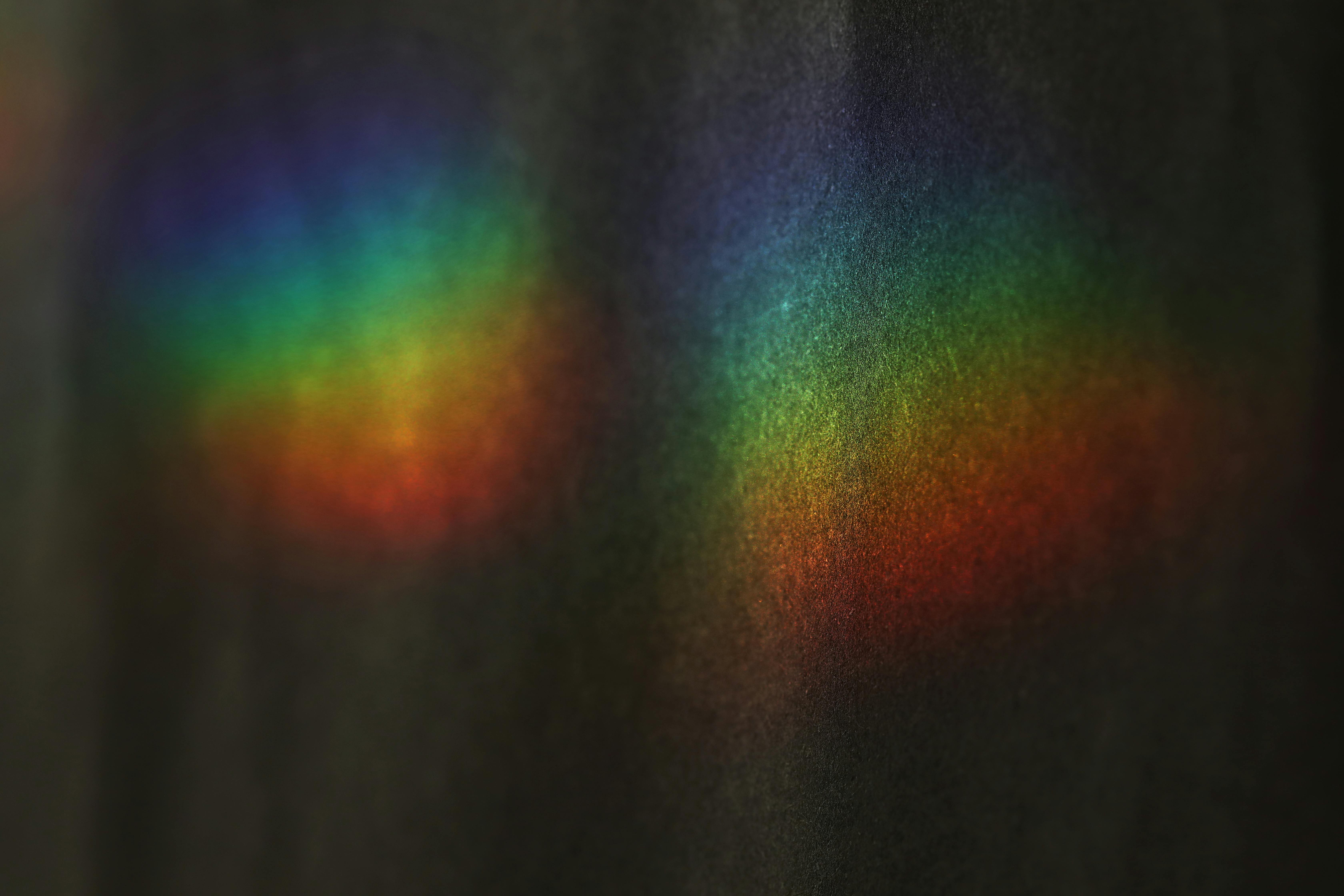Unveiling the Enigma of Abstract Performance Art
Introduction: Dive into an exploration of abstract performance art, a niche yet influential subsection of the global arts scene. This article unveils the complex layers of this artistic movement, its historical roots, and its current developments, offering a fresh perspective on a unique form of creative expression.

The Genesis of Abstract Performance Art
Abstract Performance Art did not emerge in a vacuum; it is a culmination of numerous artistic movements and philosophies that shaped the 20th century. The movement took its cue from abstractionism, which deviated from the traditional, detailed portrayal of reality in visual arts, and performance arts, which emphasized the live presentation of art. The first abstract performances were seen in the early 1900s when the Dadaists, a radical avant-garde movement, began to incorporate abstract visual elements into their live performances. It was a rebellion against the established norms of art and a quest for new forms of expression.
The Evolution and Influence of Abstract Performance Art
Over the decades, abstract performance art has evolved and diversified, gaining traction in the broader art world. The 1960s and 70s saw the rise of happenings - unscripted, interactive performances often involving abstract elements. Artists like Allan Kaprow and Yoko Ono were proponents of this form. Today, abstract performance art has permeated dance, theatre, and even music, with artists creating performances that defy categorization and challenge the audience to think beyond the conventional.
Abstract Performance Art Today: A Fresh Wave
In recent years, there has been a surge of interest in abstract performance art. This resurgence can be attributed to the digital age, with artists now having the tools to create and share more complex, multidimensional performances. Artists such as Marina Abramovic and Laurie Anderson have pushed the boundaries of what is possible in this medium, creating immersive experiences that captivate audiences worldwide.
The Impact and Reception of Abstract Performance Art
Abstract performance art’s impact is deeply felt within the art community and beyond. It has challenged traditional definitions of art, pushing audiences and artists alike to question what constitutes a performance. Reception, however, varies. While some laud its boundary-pushing nature, others find it inaccessible or too detached from reality. Yet, its ability to provoke debate and introspection proves its significance in the cultural landscape.
The Future of Abstract Performance Art
Abstract performance art’s future is as unpredictable as the art form itself. With technology’s advancement, artists will continue to explore new ways of expressing their creative vision. Virtual reality, for instance, could provide a new platform for these performances. Regardless of the direction it takes, abstract performance art will continue to challenge and inspire, offering a unique lens through which to view the world.
Abstract performance art, with its rich history and evolving nature, stands as a testament to the boundless creativity within the arts and entertainment industry. It challenges norms, provokes thought, and offers a unique form of expression—an enigmatic corner of the arts that invites us all to think a little differently.




